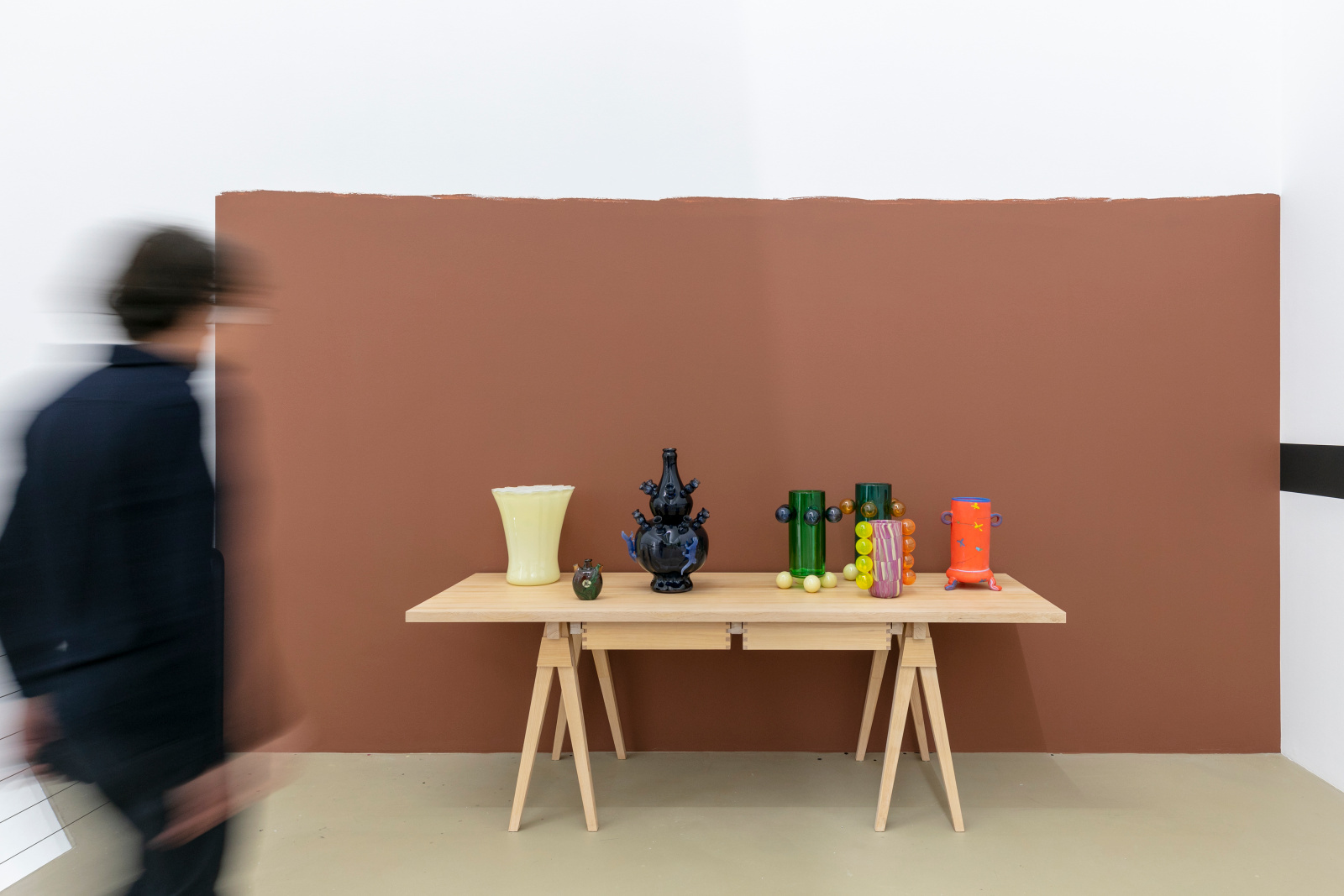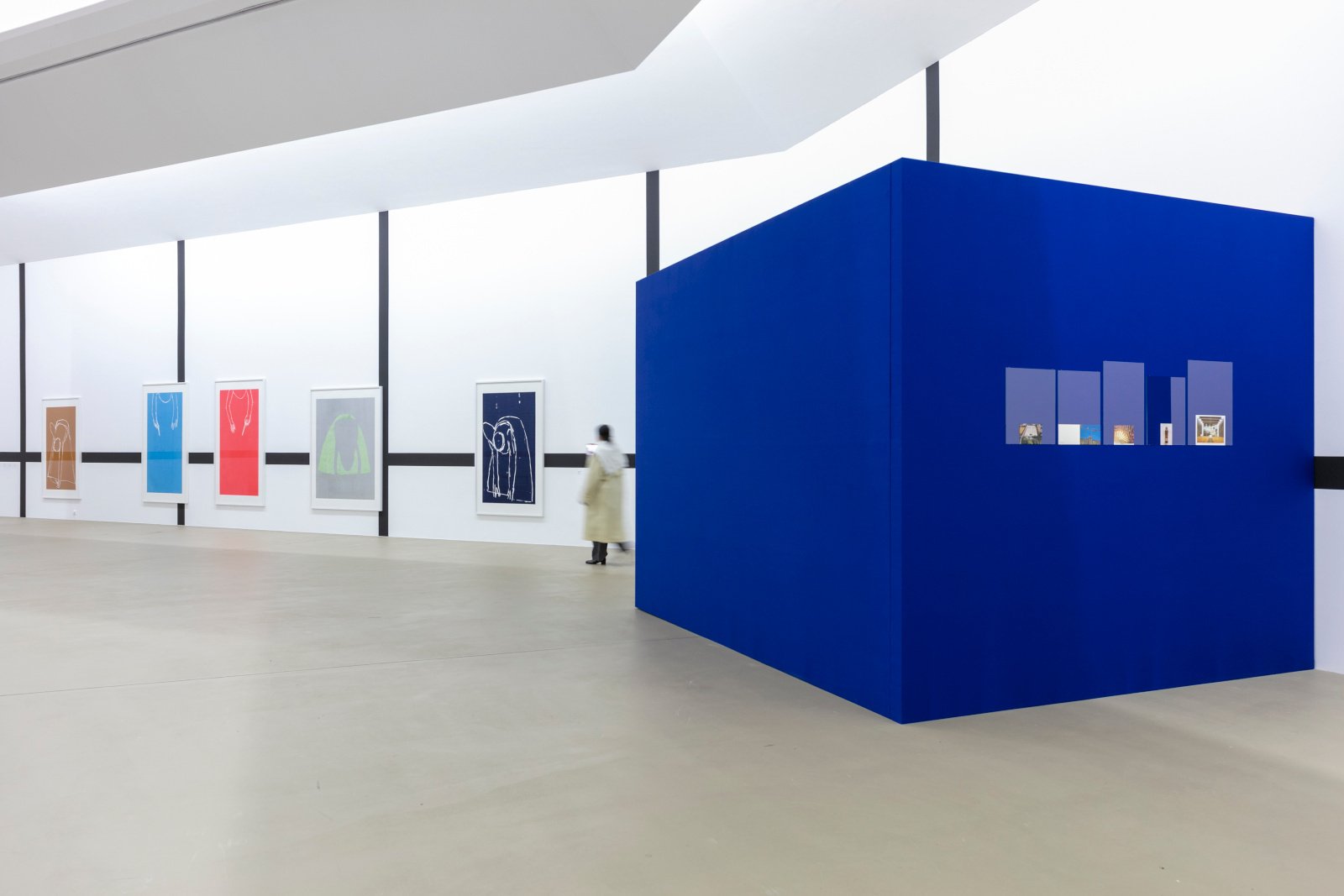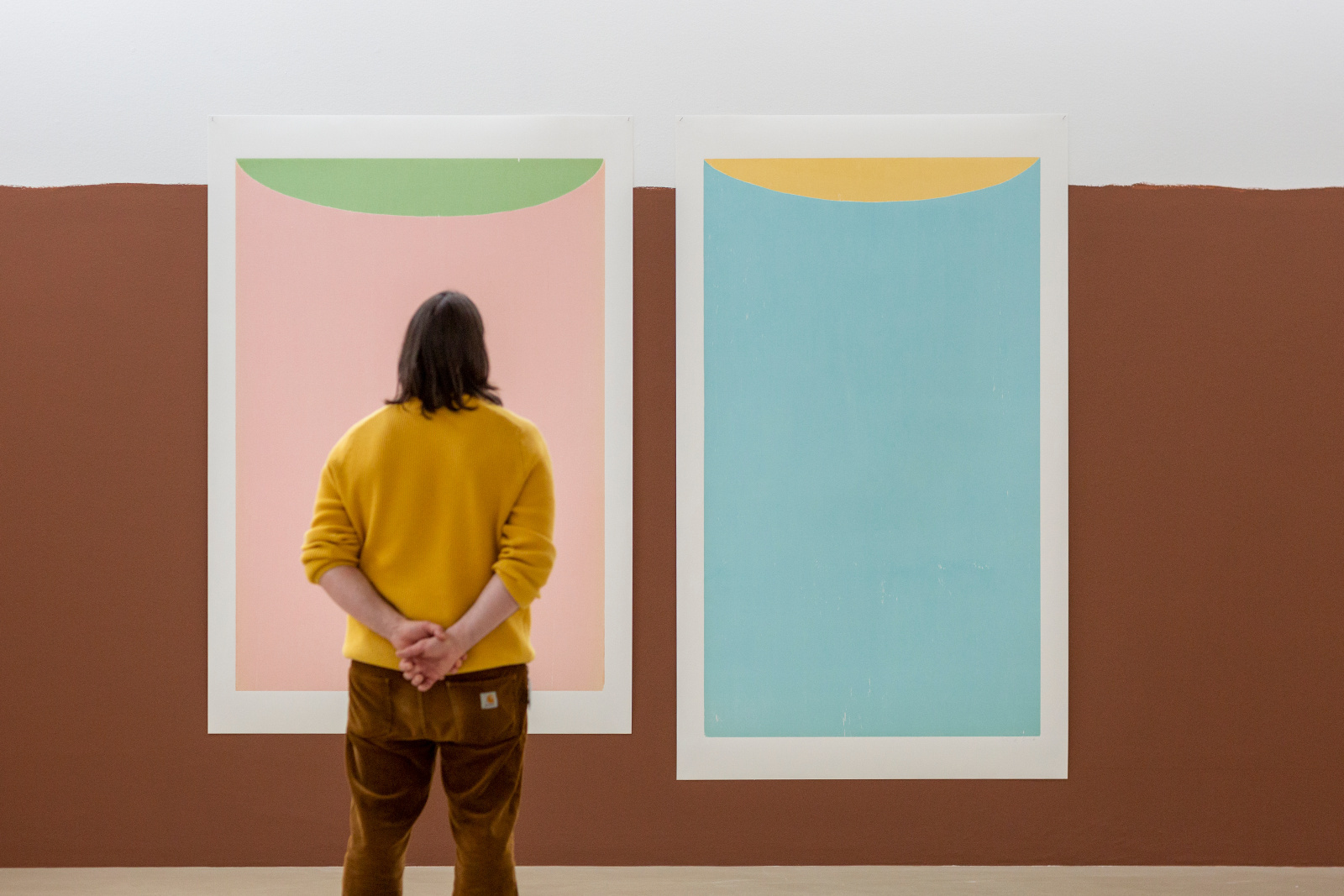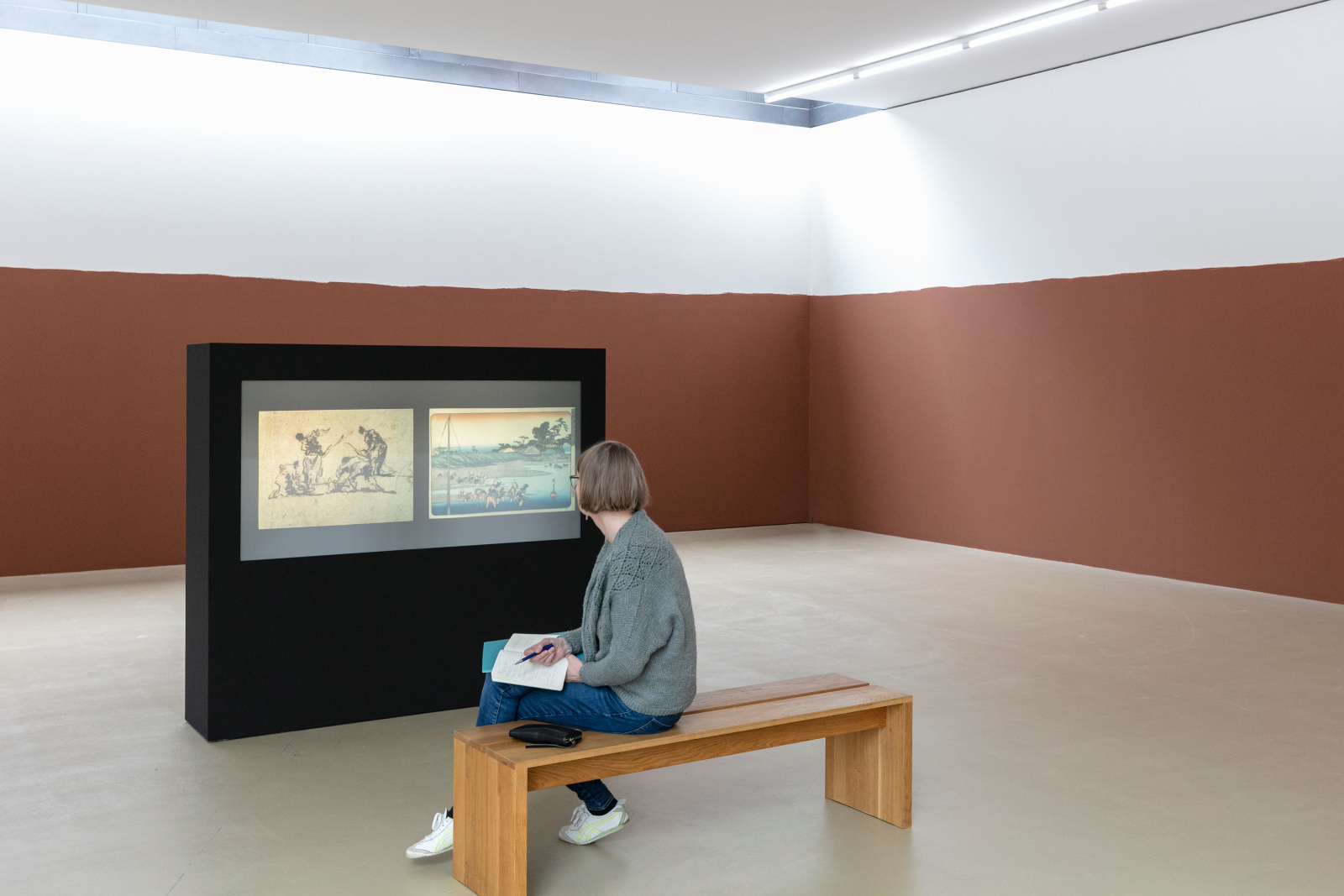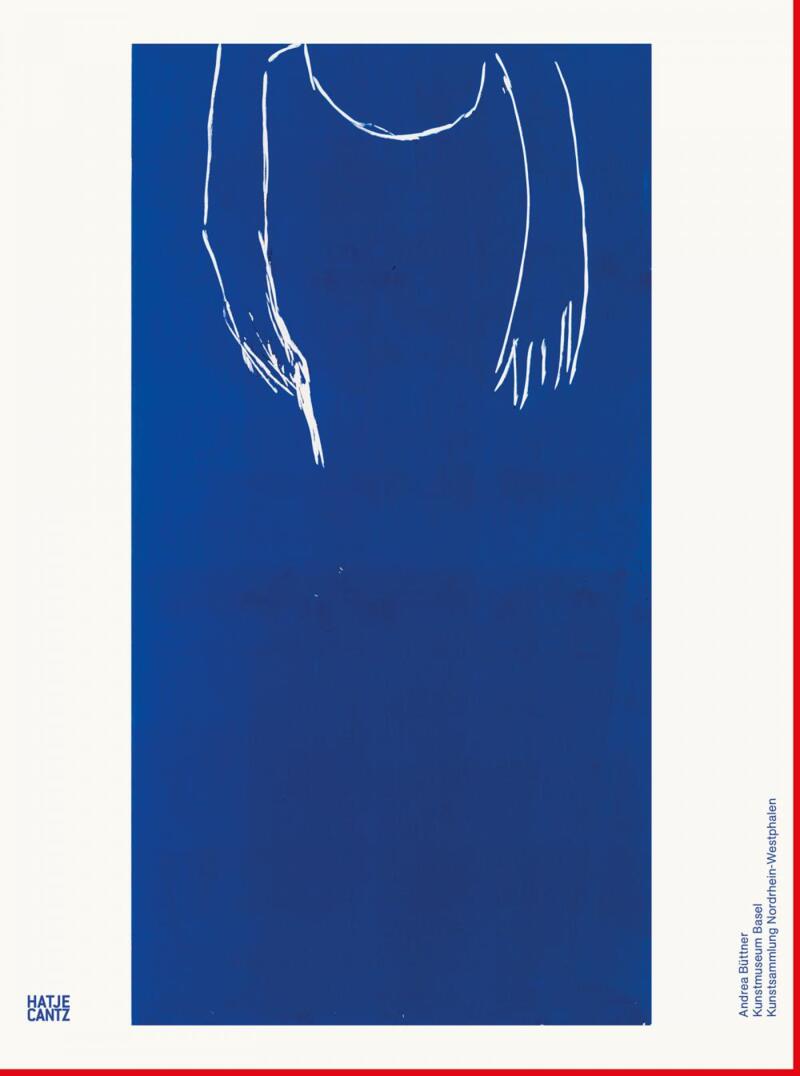Andrea Büttner
The Heart of Relations
German artist Andrea Büttner (*1972 in Stuttgart) first began creating images on such complex subjects as employment, poverty, shame and forms of coexistence, as well as on deeper lying societal influences issuing from systems of belief—whether of religious or secular origin— in the early 2000s. To render tangible these subjects, the artist draws on a broad spectrum of artistic forms. Already well known for her large-scale wood engravings, Büttner has since gone on to further develop a wide range of media. In addition to wood engravings and etchings, these comprise, among other things, books, glass objects, video installations and textiles.
Andrea Büttner’s exhibitions are voluminous, space-filling “narratives”, which visitors experience unfolding only gradually. Held at the Kunstmuseum Basel, the show entitled Andrea Büttner—The Heart of Relations brings together different narrative threads, such as care in monastic forms of cohabitation with those of forced labour in biodynamic agriculture during the National Socialist era. One further thread, the representational traditions of public shame, is linked to traces of the daily use of smartphones, as seen for example, in the fingerprints left on devices. Büttner’s spatial narratives make tangible the ambivalences embedded in established half-truths.
In recent years, Andrea Büttner’s work has been exhibited by international institutions as solo exhibitions, among other venues, by the Hammer Museum in Los Angeles; the Kunst Halle Sankt Gallen; the Walker Art Center in Minneapolis; the Tate Britain in London and the MMK Museum für Moderne Kunst in Frankfurt a.M.
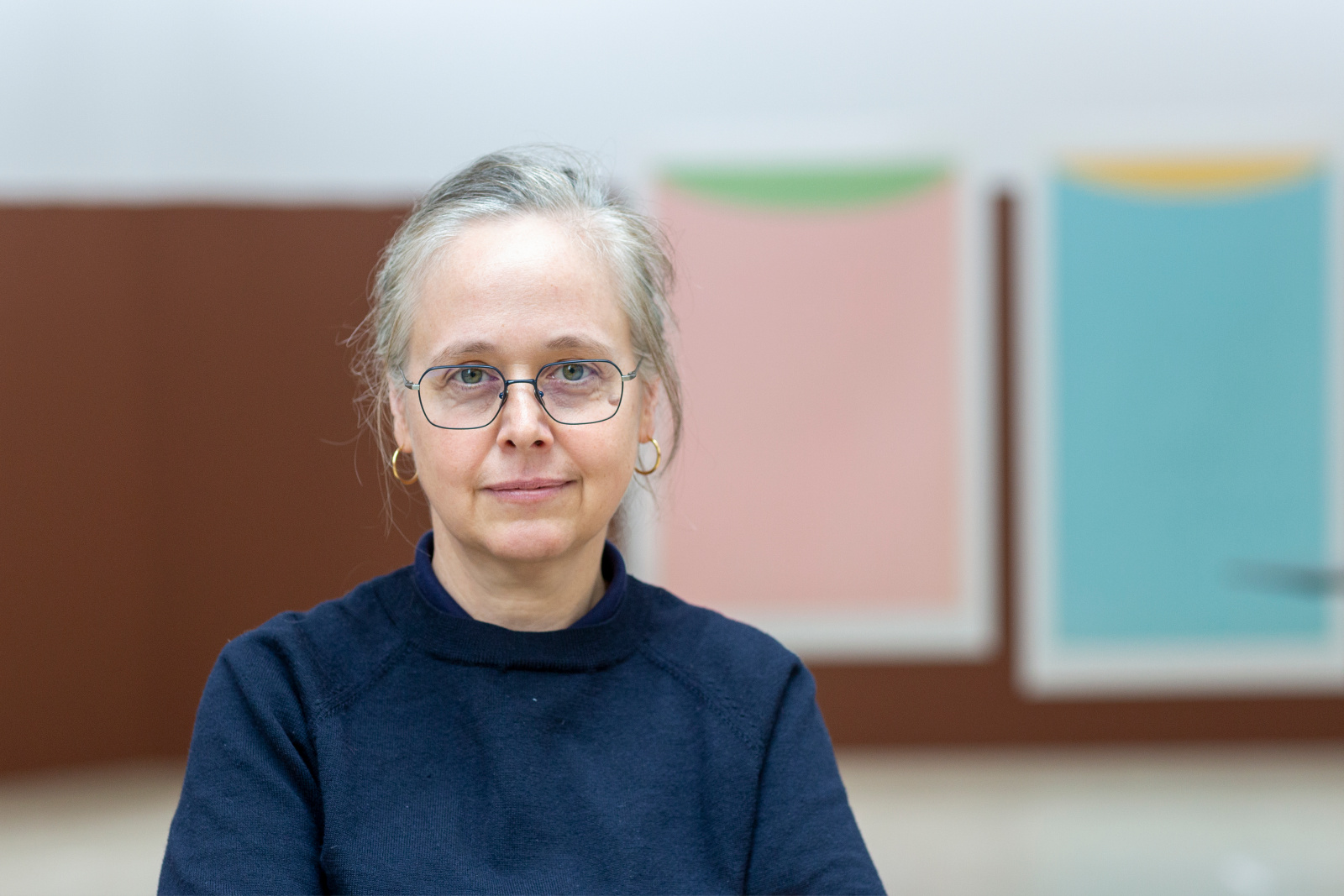
Andrea Büttner, Kunstmuseum Basel | Gegenwart, Photo: Julian Salinas
